- Learning time
- 40 minutes
- First play time
- 120 minutes
Quebec
Designed by: Philippe Beaudoin,Pierre Poissant-Marquis
In Quebec players are competing families, vying over four centuries (1508-1908) for the best reputation in the titular city by constructing buildings as it grows over time.
The board is placed centrally and each player begins with three workers (wooden cubes) available to them in their own colour, as well as an architect piece. There are four actions you can take on your turn: placing your architect on a building gets you three more workers into you supply.You can add workers to a building with an architect – your own, or another players’ – or take a Leader card: the game will only have a few available, but the leaders give you some kind of advantage the other players won’t have for the duration of the round: an extra architect, scoring points, or adding workers to the zones of power. There are five such zones – the citadel over the city, and then the four corners of the board representing religion, politics, economy and culture. Each zone matches the colour of buildings on the board, and whenever an architect is moved from a building to another, that building is considered complete: all the workers present go into the matching power zone and will be scored at the end of the round.
Additionally, the player who moves their architect gets to add a marker to show how many workers contributed to the building they have just finished – it doesn’t matter from whom. Other players may well support your architect, as doing so gives them bonus actions you don’t get by building there yourself!
At the end of each of the rounds, workers in the power zones score a point each. But the player with the most workers present will ‘cascade’ half of their workers (up to a maximum of five) into the next scoring region, meaning majorities are always in potential flux.
At the end of the fourth and final round, players will also score their markers in the city – but only for the biggest adjacent grouping.
There is both a simpler version of the game without Leader cards, and a more complex one that include Event cards.
The guru's verdict
-
Take That!
Take That!
The game is highly interactive - placing your architect on a building instantly allows your opponent to take the secondary actions there. And although there's no elimination, each century is a tactical battle for the power zones.
-
Fidget Factor!
Fidget Factor!
Potentially high - in Quebec the balances of power change with almost every turn, so although there are only four options on each turn, it is a game that invites pauses for thought.
-
Brain Burn!
Brain Burn!
Plenty. Weigh up where your opponents have architects and what those juicy secondary actions bring you. Think carefully about placing your own architect for the same reason. And keep an eye on the power zones, as they are the key to victory.
-
Again Again!
Again Again!
There's a lot of depth here - as well as the random set up of city tiles, there's variety too in how you approach the game. Plus if you want even more, the Event cards bring further unpredictability.

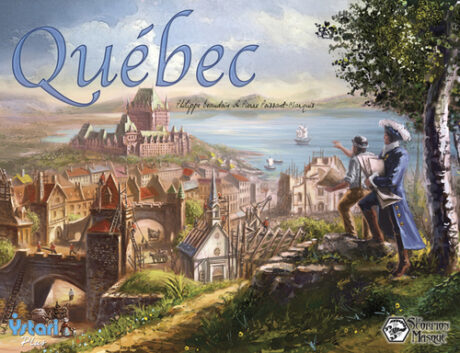

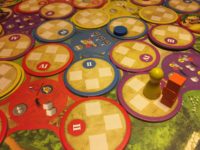
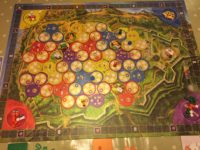
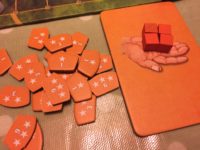
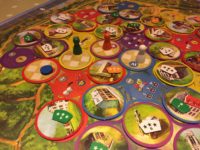



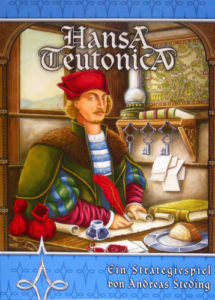

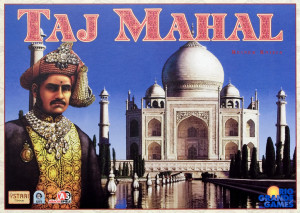
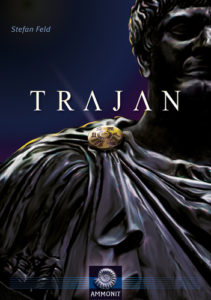
Sam says
For a game about building a beautiful city, Quebec's board is a bit of a mess - garish colours, scattered with iconography that - unless you play frequently - you'll need to keep referencing the rulebook to explain. I think the visual design here falls a bit short. But if you like an ever-changing tactical battle, Quebec has it in spades. There are only a few possible moves each turn, and yet the ramifications of every decision will be felt. I have to take my hat off to that, even though it makes the game potentially rife with lulls - and if any player agonizes over decisions, it can turn into a grind. But if you have a group who like to play at a reasonable clip, Quebec can be a great experience.